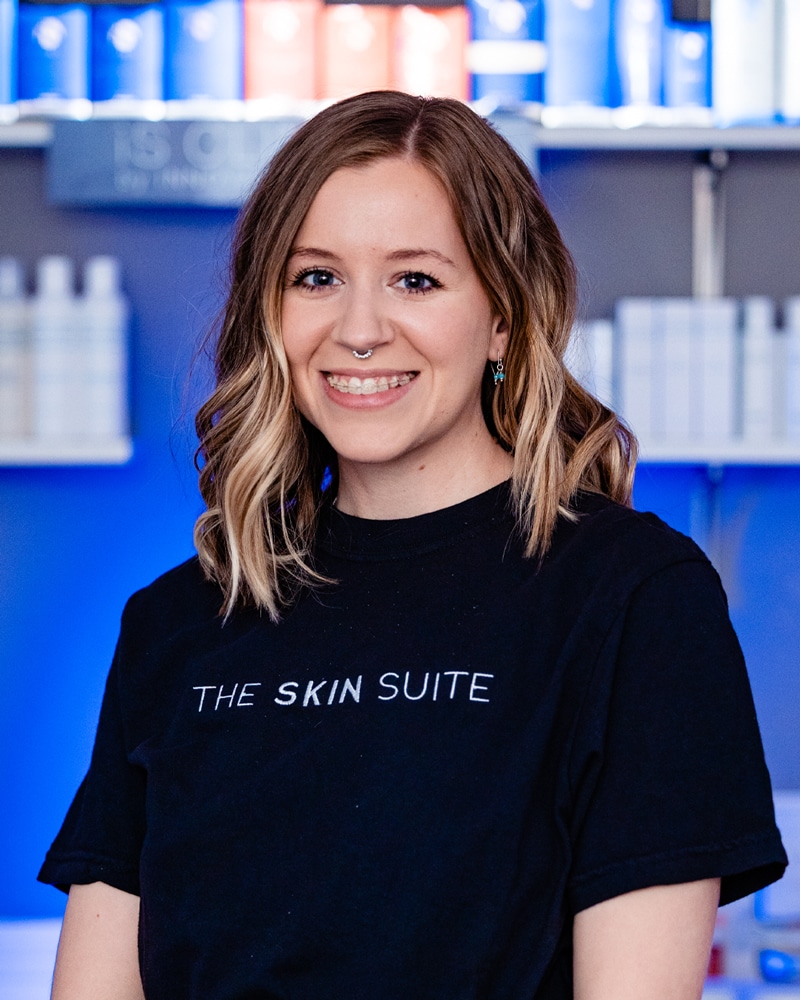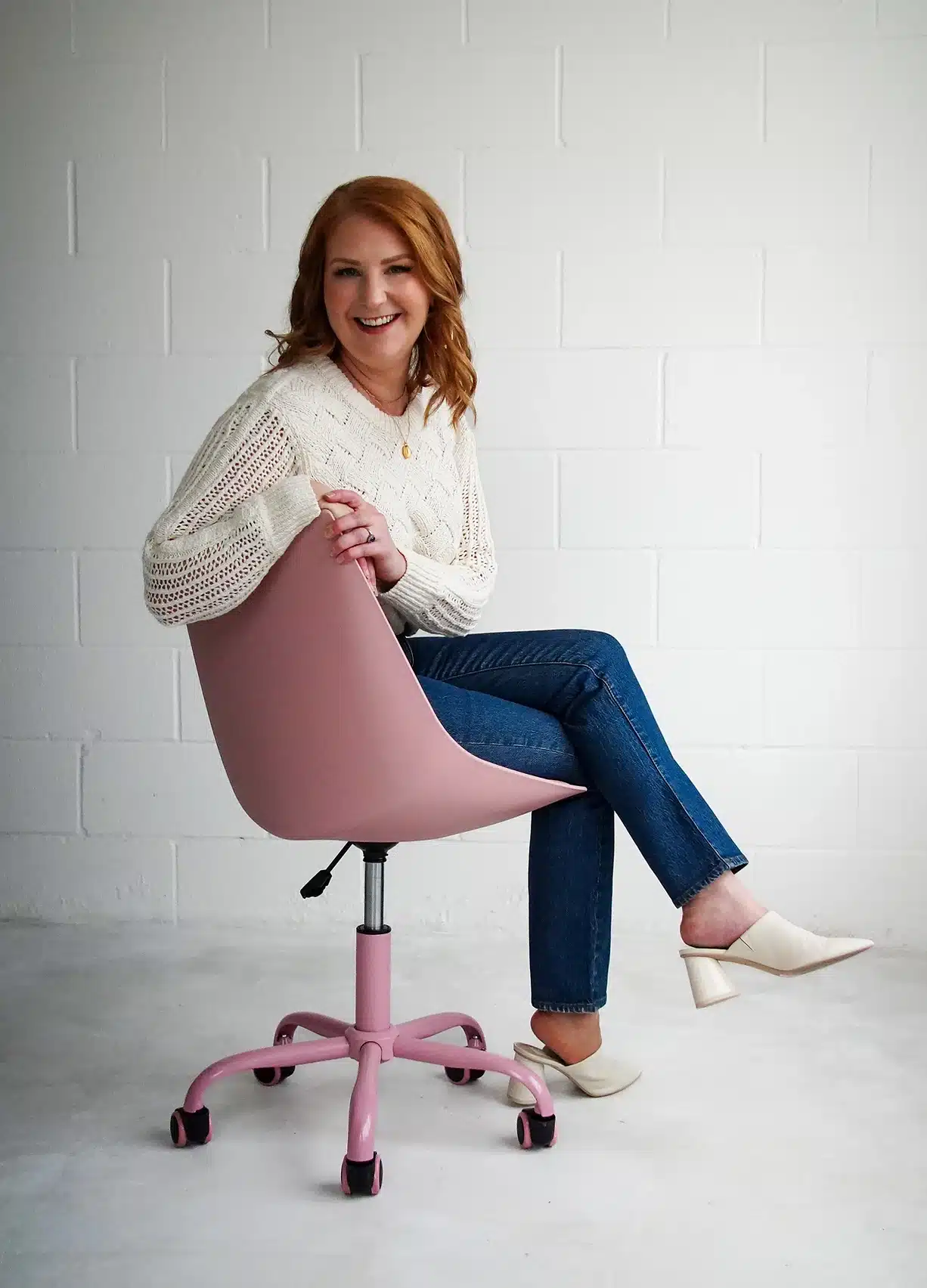Featured In
Launch or Grow Your Aesthetic Career with Addo Aesthetics
To train confident, capable, fulfilled med spa employees, Addo Aesthetics fosters both sides of success—the personal and the professional. For us, success looks like a booming aesthetic industry with capable spa managers, social media experts, and key staff members leveraging their skills to achieve their dreams. We lead with compassion, reinforce with unwavering support, and help our trainees make connections that last a lifetime.
Sign up for the pathway that speaks to you most and look forward to a stronger team, seamless processes, and the freedom you deserve to make your impact in the spa industry.














